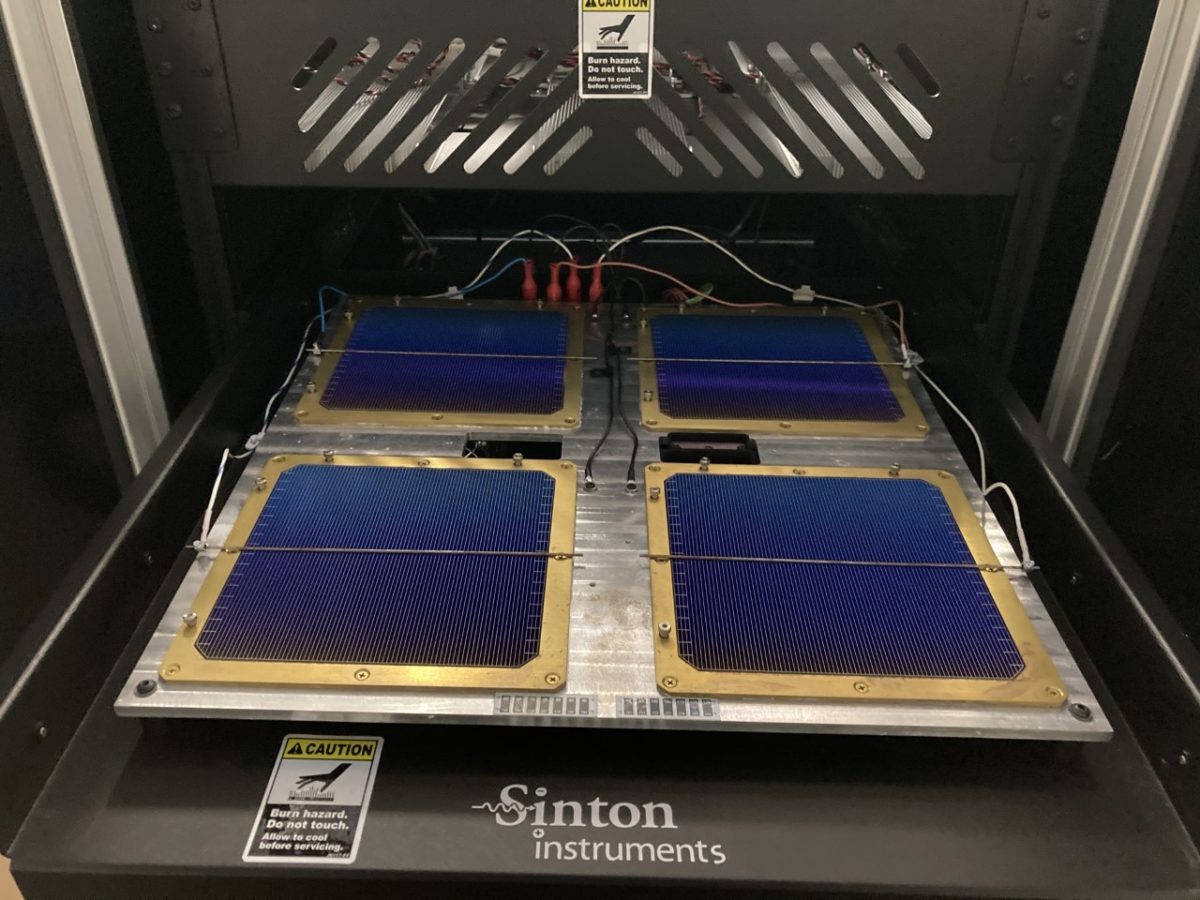A group of scientists from the University of New South Wales (UNSW) in Australia and Russian heterojunction solar module producer Hevel Solar has developed a novel hydrogenation process that is claimed to have the potential to improve the stabilized efficiency of p-type heterojunction (SHJ) solar cell based on gallium-doped silicon wafers.
The solar industry usually applies n-type phosphorus–doped Czochralski–grown silicon (Cz–Si) wafers in the production of SHJ cells, as these ensure no susceptibility to the boron-oxygen light-induced degradation (B-O LID) that is typical for p-type boron-doped wafers and severely affects SHJ cell performance over time.
N-type wafers offer greater stability, but they are currently more expensive to produce than p-type wafers, which are the mainstream solution for the manufacturing of PERC cells. This means that using p-type wafers may potentially lead to a further cost reduction for the heterojunction technology, as wafer costs still represent 40% of a cell’s total cost.
In order to compete with n-type devices, however, p-type heterojunction cells will have to show improved performance.
“The same advanced hydrogenation techniques (AHTs) we use in mass production for solving LID and LeTID in p-type PERC solar cells can be used in p-type SHJ solar cells to solve B-O LID when using boron-doped p-type Cz wafers,” research co-author, Brett Hallam, told pv magazine. Even though the gallium-doped and n-type SHJ solar cells were stable in this work and didn’t need the process to improve stability, “we have shown that these same processes can improve the efficiency of gallium-doped and n-type SHJ solar cells by 0.4-0.7% absolute.”
The research group said that the expiration of Shin Etsu‘s gallium doping patent (US6815605B1) has encouraged the solar industry to adopt p-type gallium-doped Cz-Si wafers, which it describes as a potential mainstream solution for the SHJ segment for the next decade. (Read more.)
This content is protected by copyright and may not be reused. If you want to cooperate with us and would like to reuse some of our content, please contact: editors@pv-magazine.com.









By submitting this form you agree to pv magazine using your data for the purposes of publishing your comment.
Your personal data will only be disclosed or otherwise transmitted to third parties for the purposes of spam filtering or if this is necessary for technical maintenance of the website. Any other transfer to third parties will not take place unless this is justified on the basis of applicable data protection regulations or if pv magazine is legally obliged to do so.
You may revoke this consent at any time with effect for the future, in which case your personal data will be deleted immediately. Otherwise, your data will be deleted if pv magazine has processed your request or the purpose of data storage is fulfilled.
Further information on data privacy can be found in our Data Protection Policy.